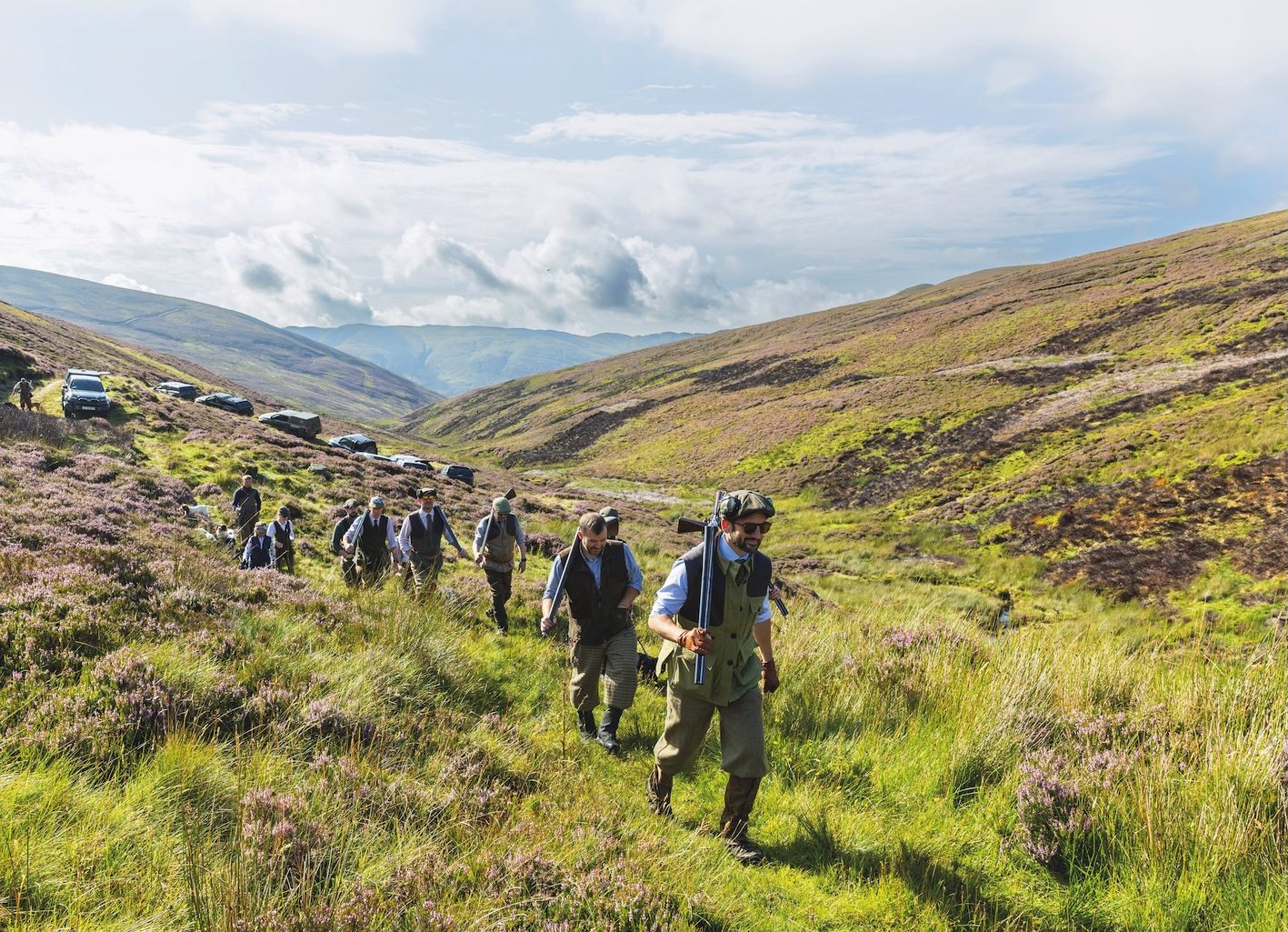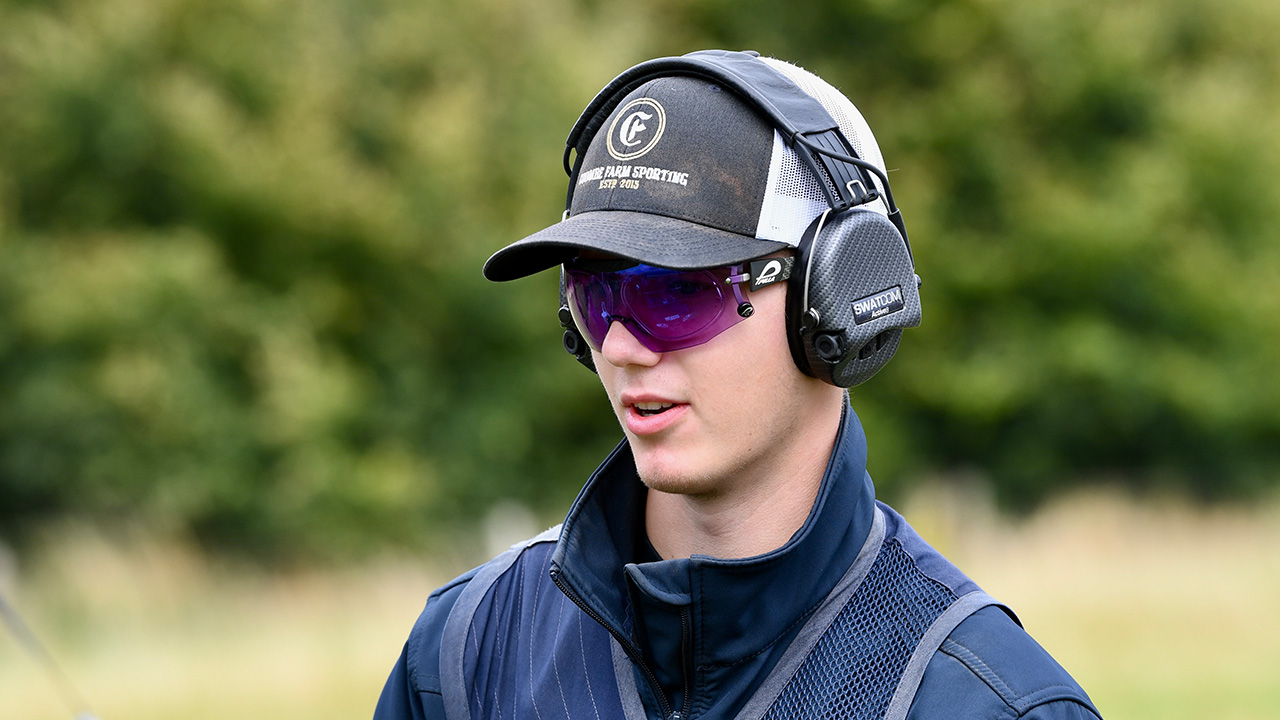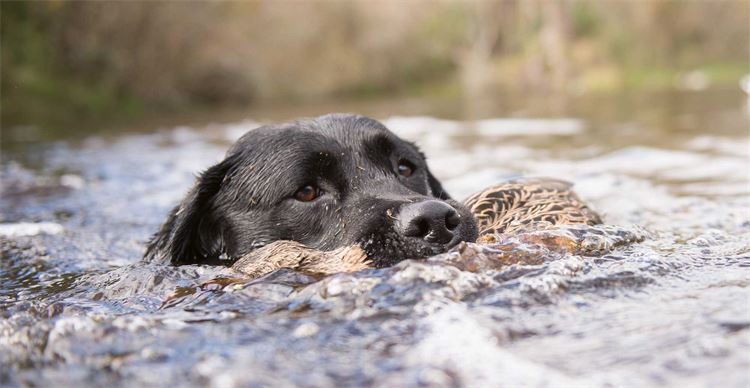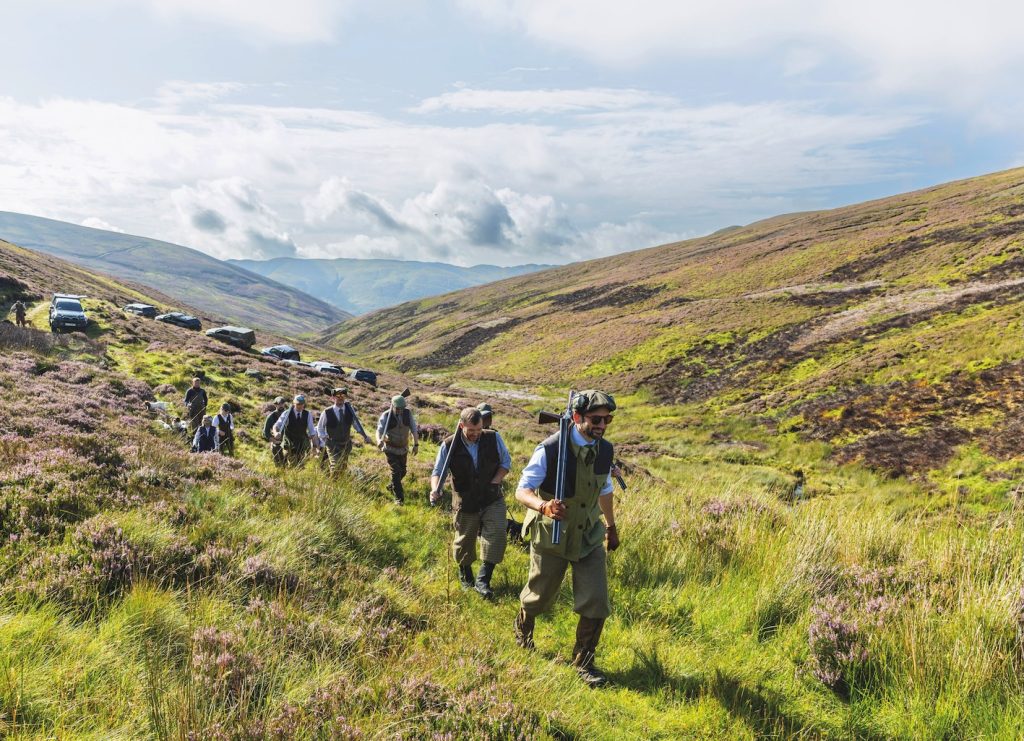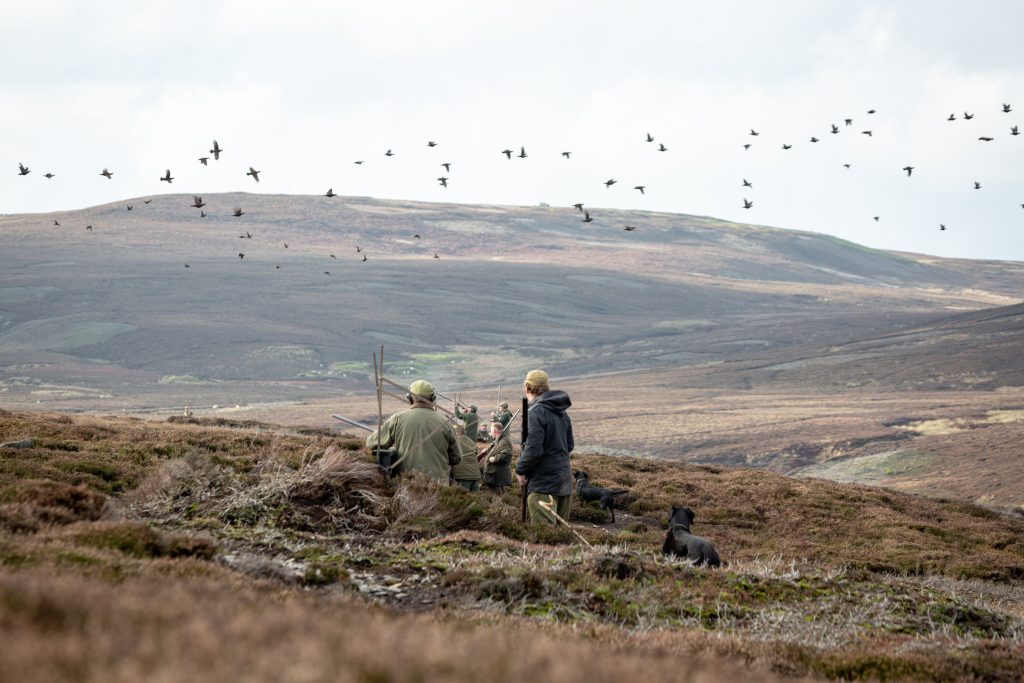A southern sojourn
If there’s a sporting secret to the Land of the Long White Cloud, it’s that the wildfowling is magnificent, explains Peter Ryan.
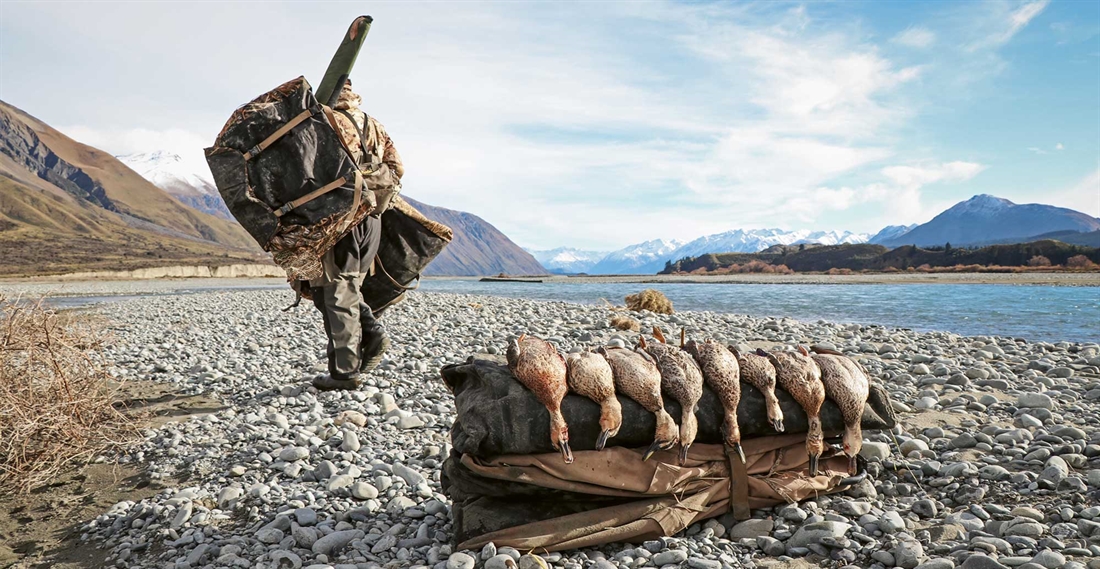
Why New Zealand? Red stags of course. And sight fishing with dry flies. Everybody knows that. It’s nice to have a reputation but there’s so much more going on. On the North Island the stalking for sika is exceptional, with some of the best free-range stags in the world taken each year. On the South Island tahr are among the most prized alpine trophies anywhere… But if there’s a secret to the Land of the Long White Cloud, it’s that the wildfowling is magnificent.
Imagine an area a little bigger than the UK, full of lakes, wide rivers, wetlands, tidy fields of grain and rugged coastlines. Now imagine that same landscape with half the population of London. That’s New Zealand.
Part of the reason the wildfowling is so diverse is that some of it is new. Mallard were introduced from Britain and the USA 150 years ago, and Canada geese have been naturalised for more than a century. Feral geese of the greylag type have been around for a long time – James Cook released some domestics from the Cape colony into Goose Cove in 1773 after HMS Resolution returned from a marathon exploration of Antarctic waters. Nobody knows exactly what happened to them but they and other releases were the start of the ‘greylag’ population. The black swan was brought in from Australia and multiplied quickly. Today it is an agricultural pest in some areas, a huge bird that can be made into excellent charcuterie.
New Zealand has no foxes nor any large raptors. Apart from hedgehogs and stoats – imports from the Victorian era – few of these waterfowl have any major predators, so populations are managed by hunting. That means high bag limits in some places – the Central South Island has a daily limit of 50 mallard a day for the three-month season and many districts run to a dozen or more per day. Canada geese have been taken off the game list and can be hunted any day of the year without limit. These are nothing like the tame birds you see lounging around park ponds. They are wary and challenging. If there is a bird that can reduce your careful scouting, immaculate camouflage and sonorous calling to rubble it’s a wild goose.
In other cases native species have profited from agriculture. The paradise duck (actually a large shelduck) now has access to almost unlimited high quality pasture and thousands of small waters – reservoirs, dams and ponds – that have been created since British settlement. It’s not unusual in some districts to see several hundred ‘parries’ out in the middle of a cut field of barley. Beautifully marked – Cook called them ‘the painted duck’ and they are Tadorna variegate to this day – they commit to a decoy like no other waterfowl. The male and female are completely different in appearance, though both are striking and elegant.
The grey duck is a distant relative of the mallard and indeed the two can inter-breed successfully. They can be found across New Zealand, Australia and many of the Pacific islands. They’re a wonderful sporting species with a deep green iridescent flash on each wing. Like the brilliant blue of the mallard, this colour isn’t pigment but microscopic structure in the speculum feathers causing light to refract.
From a wildlife management point of view it’s worth noting that New Zealand has a mild maritime climate, lacking the big freeze and severe winter kill that is common to continental climates like North America. With few predators, no winter freeze and ample food, wildfowl populations must be controlled. The let ‘nature take its course’ brigade often fail to take into account the cruelty of over-population. Among wildfowl a high population density often leads to crowding at favoured locations and outbreaks of avian botulism, a slow, cruel and wasteful death by paralysis that can suddenly strike down thousands of birds.
Like the UK, New Zealand gets a lot of its weather from the west. Its long shape and westerly flow means an incredibly diverse range of habitat and climates to hunt in. The far north is basically subtropical (think Canary Islands) while mid-winter in the south brings snow hunts and icy ponds that any Scot would recognise instantly.
Tradition doesn’t come easy in the youngest country to be settled by humans. For those accustomed to the formality of a traditional pheasant shoot, Kiwi wildfowling might seem to lack formal customs. Those with a keen eye will spot them already forming. For reasons lost to history, bacon and egg pie – quiche, basically – is the customary snack for downtime between flights. There are local craftsmen like Alan Hammond turning out excellent hand-made duck and goose calls for local conditions, as well as a small but dedicated group carving and collecting decoys. There’s a splendid wildfowling museum near Taupo.The early colonial outfitting firm of Tisdall began naming their guns (in the English fashion) after legendary Kiwi wildfowling locations. And so the list goes on – British roots, but with a distinctive local twist.
Some explanation of Kiwi idiom is in order. In New Zealand a hide is known as a ‘mai mai’. They can range from a simple assembly of cut brush and grass right up to some truly wonderful pieces of swamp architecture. A mai mai in a good location may be handed down through generations and slowly improved over decades. Some have a well-concealed shooting spot out front and a cabin holding bunks, wood heaters and a galley out back. A few are better than my first house.
There is a lot of public water in New Zealand. Many rivers, lakes and countless estuaries can be hunted by anyone with a licence. In some districts, fields of cut grain – wheat, barley or maize – pull in birds for miles around. This is the natural habitat of the layout blind. To me it’s a style of hunting that lacks the camaraderie of a good hide but there is no doubting the effectiveness and excitement of this style of shooting.
The practicalities of a wildfowling trip to New Zealand are few. The main season runs from the first weekend in May right through the next few months, finishing at different times in different areas. Locals are generally keen on rugged semi-auto guns and camouflage clothing but as this goes to print an episode of NZ Hunter will air across the country with me and a handful of gents shooting old school side-by-sides against the latest release semis. I won’t spoil the ending but suffice to say that we tweedy types did rather well. That’s the thing about a young country in the bright morning of its youth, the rules haven’t been set down too hard. There’s room for everyone.
It pays to understand how deeply wildfowling runs in the Kiwi sporting psyche. Australians often call their Melbourne Cup ‘the race that stops a nation’. Well duck season is like that in New Zealand. Mai mais are spruced up months beforehand, decoys go out the door of stores by their thousands, cartridges arrive by the container load. In the past, newsreaders would sign off their broadcast the night before opening day by wishing hunters well for the next morning. Some still do, even today.
There is an old saying that three things mark a great experience – the anticipation, the doing of the thing, and the recollection afterwards. If that’s true (and I believe it is) then there are few things in the shooting world that have exactly the same qualities as the opening day of duck season.
Come the fated day, many will rise well before dawn. Wildfowlers make a lifetime of rising before the first rays of light creep over the horizon, long before others have left their warm beds. It’s no wonder they see, and perhaps understand, what others do not. The pre-dawn rituals of opening morning are like Christmas for tens of thousands of us, the first distant crump at shooting light the signal that begins another season.
That buzz is exciting to be caught up in… But you’ll never know if you never go.
Local knowledge is the key to success. New Zealand Game Bird Outfitters is an established team based on the South Island, right in the heart of duck paradise. Contact Brent Growcott and Ian Sutherland on gotducksnz@hotmail.com
Bringing a gun into New Zealand is easy with minimal paperwork, but guns are also available for clients on request. Non-toxic shot is required for shooting over water but is freely available at any hunting store along with a gamebird licence.
It’s worth noting that New Zealand allows gamebirds to be exported for taxidermy, sadly something that is diminishing as time goes by. Many Kiwis prize the shoveller (or ‘spoonie’) and the paradise duck is an extraordinarily handsome memory of days on the water.
Related Articles
Get the latest news delivered direct to your door
Subscribe to Fieldsports Journal
Elevate your experience in the field with a subscription to Fieldsports Journal, the premium publication for passionate country sports enthusiasts. This bi-monthly journal delivers unparalleled coverage of game shooting, fishing and big game across the UK and beyond.
Each issue offers a stunning collection of in-depth features, expert opinions and world-class photography, all presented in a timeless yet contemporary design.
Save 10% on shop price when you subscribe, with a choice of packages that work for you. Choose from Print & Digital or Digital only with each journal delivered directly to your door or via the app every other month, plus access to past issues with the digital back issue library.



